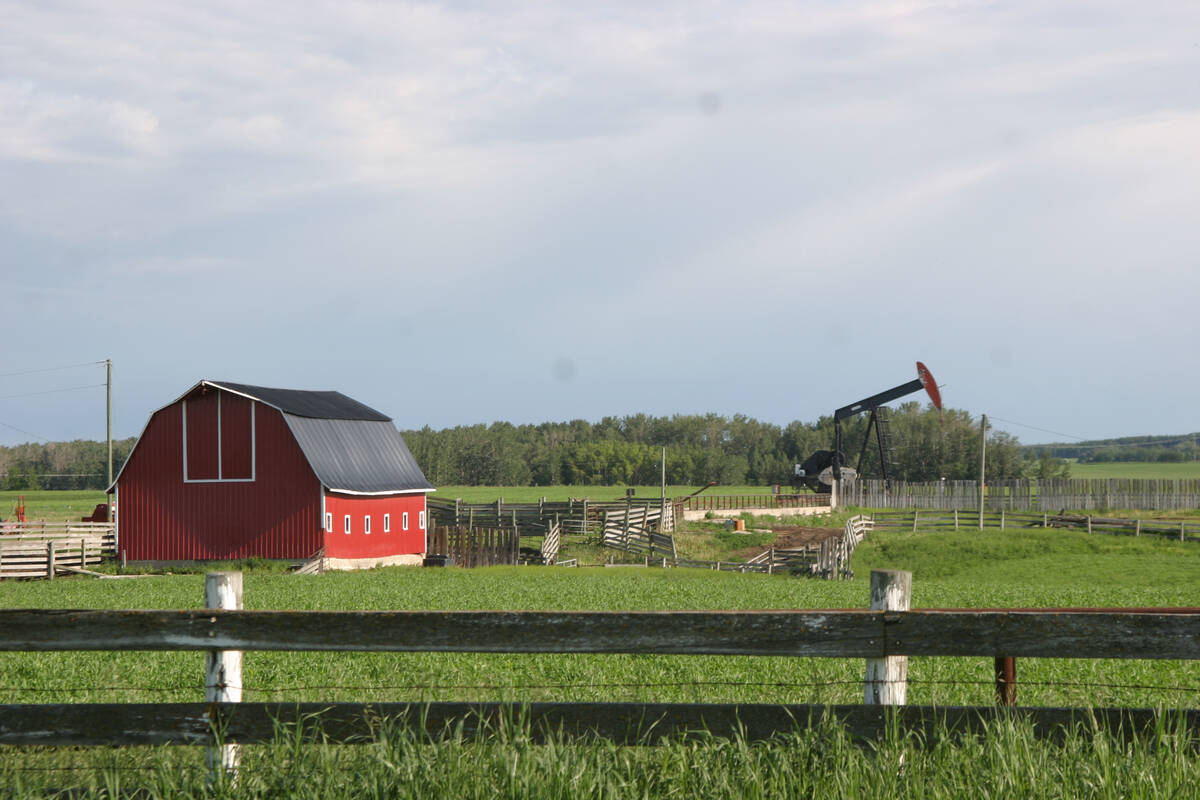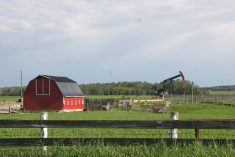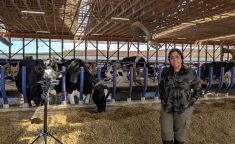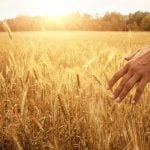Timely equine dentistry is an influential tool in maintaining a horse’s dental health. However, it is not the only tool, nor is its practice any more important than several others that shape the wear of a horse’s teeth.
Since a horse’s teeth are ever growing, practices that occur every day in their lives incrementally continue to shape and reshape their teeth. Diet and horsemanship are both important factors in determining dentition, and so can be used as tools to positively affect dental health. Corrections in these practices shall then indirectly reduce the need for equine dentistry.
Read Also

Recommendations in the mature assets strategy could cause potential problems for landholders
The Western Stock Growers’ Association urges producers to pay attention to the potential changes to Alberta’s Mature Assets Strategy.
Horses spend up to 30 per cent of their day chewing, so what they eat and how they are chewing strongly affects the shape of their teeth. Horses use their incisor (front-most) teeth to clip and nip grasses/shrubbery and they use the teeth in the back to grind the feed into smaller particles.
Since a horse’s upper arcade of teeth are set 30 per cent wider than their lower arcade, they must grind their food using a side-to-side movement rather than chewing up and down as humans do. This allows them to make complete contact between their top and bottom teeth and the grinding action naturally wears down or “self-floats” the teeth.
Healthy chewing movement results when horses are fed long-stem forages or graze on pasture. When horses are fed grains or pelleted and processed feeds, the benefits of the healthy nipping and chewing motions are reduced as the horse begins to chew in an up-and-down fashion.
As this chewing process is incomplete, raised edges appear along the outside margins of the upper set of molars and the insides of the lower set. These unground edges can become so large as to prevent the horse from freely rockering his lower jaw. This results in a self-propagating problem as the teeth become locked between opposing sharp ridges. It is mainly these ridges that are addressed through equine dentistry.
Use of the bit
The intimate relationship of a horse’s teeth to behaviour, performance and its health need to be of serious interest to any horseman. Horses are incredibly sensitive beings, and the presence of a bit in the horse’s mouth is no small thing. Barely perceptual cues offered through the bit can not only direct a horse’s movement, but can also shape the horse’s manner of movement. The horse will search for meaning in the bit, but in order for this to happen the presence of the bit itself must in no way bother the horse.
The horse’s reaction to any discomfort from the bit, whether it comes from pain within the mouth itself or through the insensitive hands of a rider, will be to brace his tongue against the bit, raise its head, and clench his jaw as his anxiety escalates.
This tension reverberates throughout the horse’s entire body causing resistance and stiffness, which is why horses avoiding discomfort in the mouth often experience back pain. As the horse attempts to evade the pain, it raises its head. This causes the back to drop and tighten, building a cycle of tension and pain so that whenever the horse is ridden or sometimes even when it just has a bit in its mouth, the ill carriage and tension returns.
Horses worked under such conditions will eventually develop abnormal dentition since ill carriage of the head and tension within the jaw affect how the teeth meet and wear against one another. Mindful dentistry can unlock patterns of resistance in the mouth and in the body, but if riding technique remains unchanged, the pattern of ill wear in the horse’s mouth will merely return. Conversely, change in the type of horsemanship to a more sensitive means will encourage healthy development of wear patterns within the dental arcade.
It is of great value to recognize the importance of favourably introducing a bit to the young horse. Demands placed on young horses often exceed their readiness to accept the bit, as often at this time they are already tender due to the eruption of their adult teeth. Between the ages of two and five years old, 24 cheek teeth will erupt, with up to 16 teeth erupting simultaneously.
Bit placement in a young horse’s mouth prior to its “readiness” can begin an associated painful response, and so instigate detrimental patterns of wear in a horse’s dentition, which will result in the need for ongoing intervention by equine dentistry.















